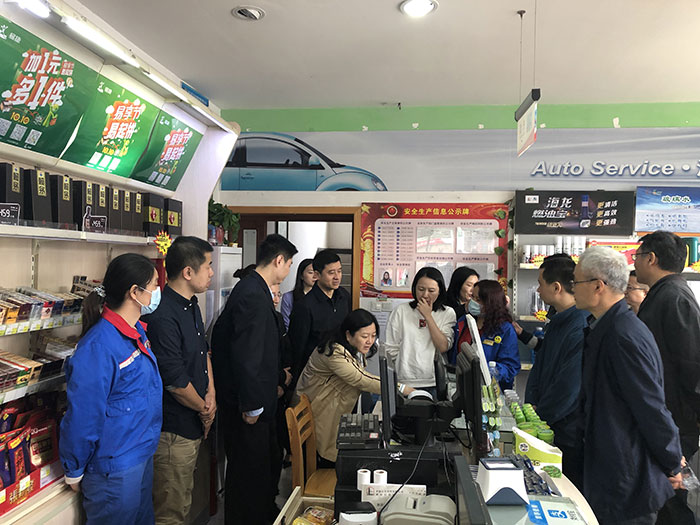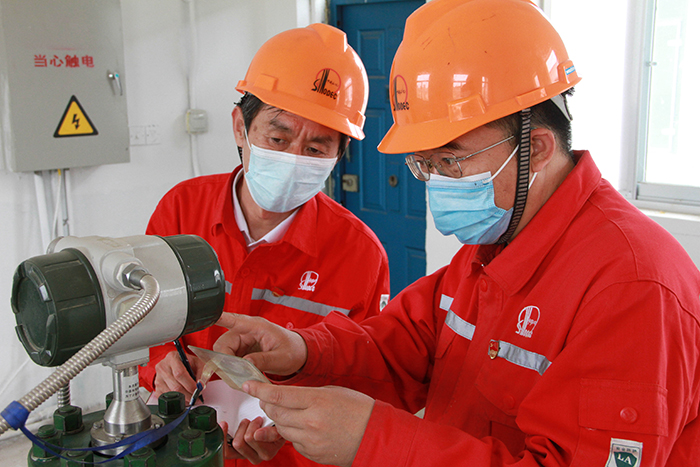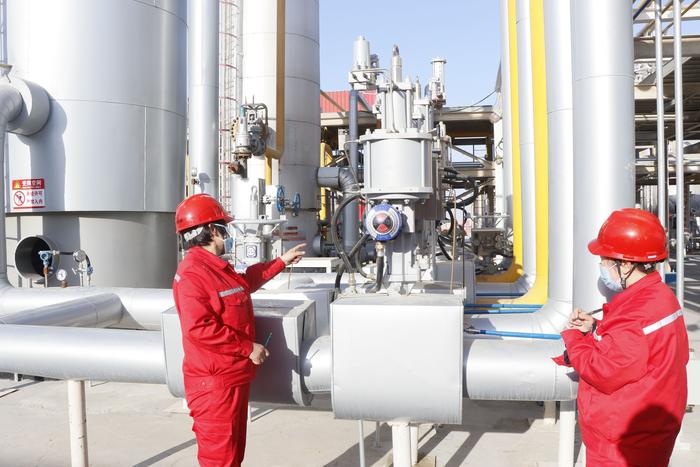|
| 2020-11-04 来源: 中国石化新闻网 |
| 石化新闻 |
中国石化新闻网讯 据安迅思孟买10月30日消息,印度石油公司(IOC)计划增加其石化生产能力,并将重新评估旗下炼油厂新建和扩能项目,以确保加强炼油石化一体化运营能力。 IOC董事长S M Vaidya在10月28日举行的印度能源论坛上表示:“IOC将实施一些项目,以提高每桶石油的化学品产量,并增进石化产品业务的多样化,以实现利润最大化。” IOC是印度第二大石化生产商,仅次于信实工业。 Vaidya表示:“作为一项长期战略,同时也是为了降低燃料产品利润率不确定性的风险,我们打算在2030年前将我们的石化强度指数(PII)提高到14-15%。”Vaidya没有提供IOC目前的PII,但表示,提高石化产品的份额,将有助于保护该公司免受燃料市场价格波动的影响。Vaidya补充称,炼油行业的投资酝酿期很长,前期资本支出巨大,但必须在燃料定价的高度不确定性和波动性下进行,特别是在新型冠状病毒爆发后的情况下。 Vaidya表示:“包括IOC在内的印度所有炼油企业都在设法在其现有的炼油厂配置中占有20-25%的石化产品份额。只有这样才能帮助我们免受炼油行业极端动荡的影响。石化产品能在多大程度上与我们的炼油厂配合,将取决于炼油厂现有的配置。” Vaidya表示:“过去几个月,IOC已经批准了价值46亿美元的项目,其中多数将集中于加强炼油厂与石化产品和特种化学品的一体化。” Vaidya表示,IOC在古吉拉特邦炼油厂投资26亿美元新建润滑油基础油和聚丙烯(PP)装置,将提高该炼油厂的PII至20.7%。此外,巴尼伯德炼油厂和巴拉迪布炼油厂正在进行的扩能项目完成后,其PII将达到15 -20%。 Vaidya指出,由于印度国内的石油化工产品人均消费量仍然很低,像原油制化学品(COTC)这样的新技术在印度有巨大的增长潜力,COTC未来可能成为印度炼油厂不可分割的一部分。IOC计划专注于COTC产业链上的聚酯长丝、聚酯短纤和顺丁橡胶等新领域。 张春晓 摘译自 ICIS 原文如下: Indian Oil to boost petrochemical capacity amid uncertain fuel markets State-owned Indian Oil Corp (IOC) plans to increase its petrochemical manufacturing capacity, and will review its greenfield and expansion projects at refineries to ensure enhanced integrated operations. “IOC will implement projects that integrate refining processes to yield more chemical products per barrel of oil and improve the portfolio diversification of petrochemicals for profit maximisation,” IOC chairman S M Vaidya said at the India Energy Forum on 28 October. IOC is the second largest petrochemical producer in India, after Reliance Industries. “As a long-term strategy and to de-risk uncertainty in the margin of fuel products, we intend to enhance our petrochemical intensity index (PII) to 14-15% by 2030,” Vaidya said. He did not provide IOC’s current PII but said that increasing the share of petrochemicals would help protect the company against price volatility in the fuel markets. Investments in the refining sector have long gestation periods and the upfront capital outlay is huge, but these must be pursued amid high uncertainty and volatility in the pricing of fuels, especially in the post-coronavirus scenario, he added. “All companies including IOC are trying to find means to have a 20-25% petrochemical share in their existing refinery configurations. Only this will help to shield us from the extreme volatility in the refining sector,” Vaidya said. “The extent to which petrochemicals can be dovetailed into our refineries will depend on the existing configuration of the refineries,” he added. “In the past few months IOC has approved projects worth $4.6bn, most of which will focus on enhancing the integration of refineries with petrochemicals and specialty chemicals,” he said. The $2.6bn integration of the lube oil base stock (LOBS) and polypropylene (PP) units at IOC’s Gujarat refinery will enhance the refinery’s PII to 20.7% on incremental throughput, he said. The refineries at Panipat and Paradip will have a PII of 15 -20% on completion of their ongoing expansion projects, he added. New technologies like crude oil-to-chemicals (COTC) have immense growth potential in India as domestic per capita consumption of petrochemicals is still very low, Vaidya said, adding that COTC could become an integral part of Indian refineries in the future. IOC plans to focus on new segments such as polyester filament yarn, polyester staple fibre and polybutadiene rubber along the COTC chain. |








